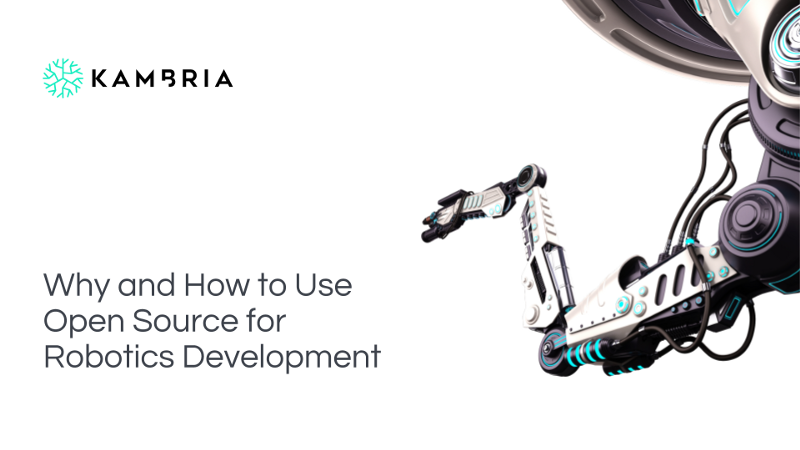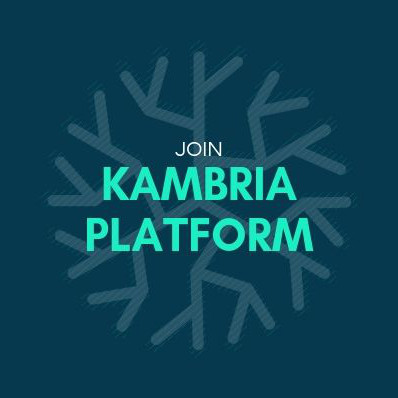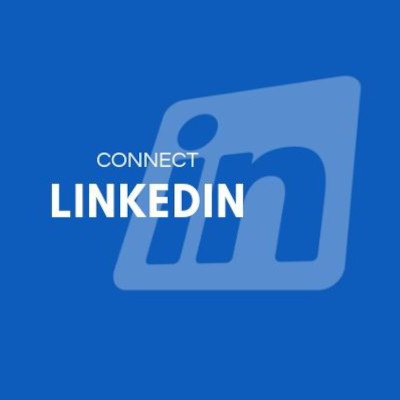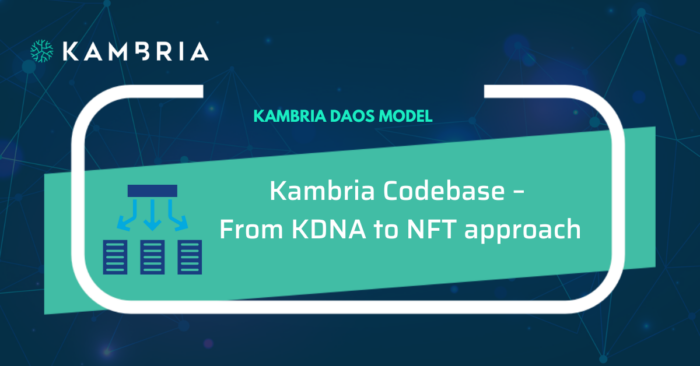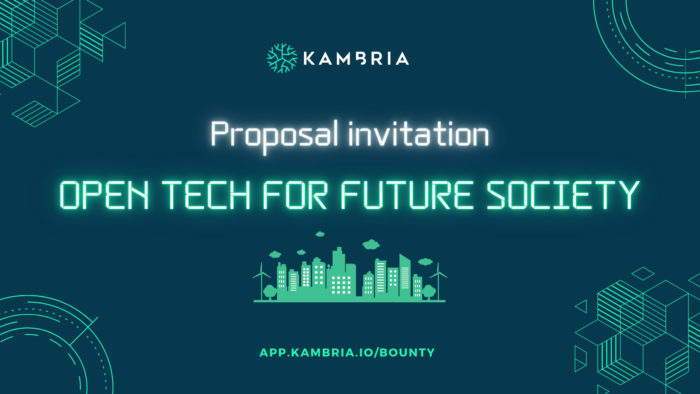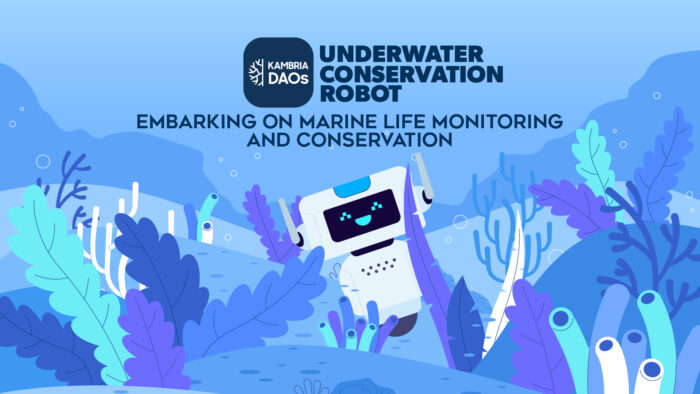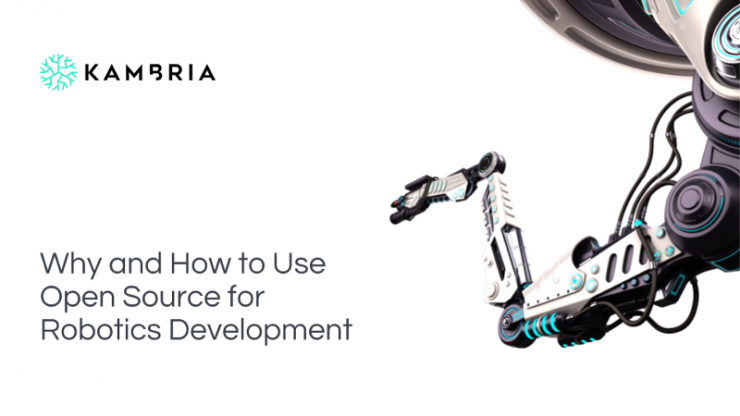
Twenty years ago, the open source movement started in Palo Alto, California, and it has continued to gather followers and gain momentum ever since. Today, some of the most recognizable names in software are open source projects. Surely you’ve heard of WordPress, Magento, Mozilla, OpenOffice, and Linux — all are open source. What started as a response to the undue profits giant software companies were making is no longer a fringe approach to software development.
Undoubtedly, the value of open source has been proven for software development. But what about robotics development? Have you ever considered open source for robotics? What would it mean to contribute to a product or project that grants others permission to use its source code, design documents, or content under an open source license? And what value would you be able to extract as a robotics developer?
Kambria is a huge proponent of both open source and open innovation. Because the world is moving towards being much more open and collaborative, we are committed to accelerating the pace of frontier technology innovation, especially robotics and artificial intelligence, through open innovation. Based on our personal experience in academia and robotics development, we know the robotics ecosystem contains a lot of waste and inefficiency. Billions of dollars worth of technology are left unutilized in research projects and developments are generally siloed — meaning they exist individually without connection to other projects. Smaller projects are often bootstrapped and run out of capital. What happens to this tech? Sadly, it goes to waste, which does little or nothing to advance innovation.
With this article, we’d like to enroll you in the possibility of open source development as a solution to many of the current challenges in the robotics development space. Take a look at these 7 reasons why you should consider open source for robotics development. If you read all the way to end, you’ll find out how to join the movement.
Empowerment of individuals is a key part of what makes open source work, since in the end, innovations tend to come from small groups, not from large, structured efforts. ~ Tim O’Reilly
Optimize Innovation
For many reasons, the current pace of robotics innovation is needlessly slow. An open source approach will accelerate the process of innovation, enabling faster, cheaper, and easier development and adoption of technologies. Fostering an open collaborative ecosystem, where every contribution can easily be shared, manufactured, and implemented, will be revolutionary.
Why start from scratch when you can stand on the shoulders of giants?
What if you could leverage a development kit to jump-start your unique customization and design, thereby saving years of work and tens of thousands of dollars?
Undoubtedly, a combination of reduced costs, cutting edge technologies, and swift delivery will spur rapid adoption and pave the way for the next wave of innovations to provide value for people across the world.
Each One, Teach One
An open source approach is a great way to bring new users into the community. Because the barrier to entry is low, it is an approachable method for learning and building new development skills. Also, by releasing a product under an open source license, providers of software and hardware products can harness the insights of their community to improve their offerings, provide support to other users, and increase adoption and use of their products. Moreover, developers are likely to find and share new applications with each other as they work together similar projects. In this way, everyone learns and wins.
The free sharing and teaching of open source is incompatible with the notion of the solitary genius. ~ Golan Levin
Not Free of Charge
Contrary to popular belief, open source does not mean “free of charge.” There is money to be made in open source — just look at Red Hat, an open source company, which IBM will acquire for $34 billion; if all goes as planned, the acquisition is expected to close in the latter half of 2019. While many open source products are free, “free of charge” is not part of the definition of open source.
One can still comply with the definition of open source and make money through licensing. Often one part of the source code will be made public, and another part is kept private requiring payment to use the software with full functionality. Using another business model, many open source companies like Oracle generate revenue by providing training and support for their open source programs. Lastly, some companies provide source code for free for personal use and charge for commercial use.
All in all, coming together to develop commercially-viable products is surely better than working independently on individual components and that little individual value. Because robotics development requires many specialized software and hardware components, bringing development together in an open source model can create a host of uses and commercial applications never before possible.
Cobots are Born from Collaboration
Consider that open source projects can accept changes from anybody in the world. Think about this — it is the ultimate form of crowdsourcing, being able to receive input from hundreds, perhaps even thousands, of contributors. The result is a robust peer review process that ensures both security and accountability and accelerates development.
Imagine how it would feel to have others follow the progress of your project. What if others could provide you with complementary ideas, recommendations, or share advice based on what they had learned? Eventually, your ideas could be part of a fully-developed robot, interacting and engaging in the real world. Surely that would motivate you to create and share more of your advanced technology that might otherwise die alone.
Network Effects
Network effects is a key dynamic leveraged by technology companies and one of the main drivers for open source projects. According to Andreessen Horowitz blog, the theory suggests that “platforms and products with network effects get better as they get bigger — not just in value to users, but also in accruing more resources to improve their product, thus strengthening the “flywheel”.
Working in an open system provides many more opportunities than a closed system. In an open system, you have access to the entire network of current and future users — not only in terms of development and collaboration but also in terms of manufacturing and distribution. When others extend the product, you’re not just a user, but part of the family.
Power to the Users
From an end user’s point of view, one benefit of open source applications is that anyone can inspect the project for inconsistencies or errors when open source code and files are available online. This level of transparency can be important to governments, like that of Bulgaria, which requires that all software written for the government be open source and available in a public repository.
Among large corporations, open source is used to improve engineering efficiency and to influence software ecosystems important to the business. In a survey of conducted by the Linux Foundation, the top benefit to a company managing an open source program was awareness of open source usage/dependencies, which allows them to better understand the products they use.
Ethical Responsibility
For me, open source is a moral thing. ~ Matt Mullenweg
Consider that it’s the ethical responsibility of the robotics community is to ensure that the development of robots will be more equitable and utilitarian. Development should not be controlled by deep pockets capable of funding research — the future is too important to be controlled by a select few entities. That’s why it is important for the robotics community to find ways to collectively govern and benefit from the coming revolution in robotics. Open source is a great way to do this.
How Do We Do This?
With all of the benefits of open source in mind, you’re probably thinking, “Great! But how do I actually do this?” The founders of Kambria wondered the same thing when they were in full robotics development mode. They knew there was a better, faster, and cheaper way to innovate, they just didn’t have that solution readily available. So they created Kambria to innovate on innovation — meaning optimizing the innovation model to further support robotics development.
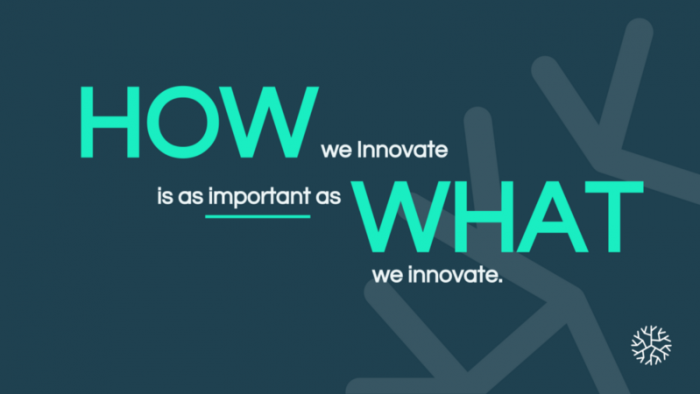
Kambria starts with an open robotics platform similar to Android or Linux, but will include both hardware and software components. Over time, Kambria will grow this into a network of thousands of repositories, spanning across many technology verticals, including robotics and artificial intelligence. The repositories will be semantically linked to each other for better access and more effective collaborations. For example, self-driving cars will share certain technology components with autonomous robots.
All technology on Kambria will be open and free to use for personal and R&D purposes, with the option for a licensing fee for commercial and enterprise purposes. Kambria has developed a “micro-licensing” system to ensure that commercialization from this pool is easy and predictable. Anyone from big companies to startups and individual entrepreneurs can license the entire stack of technology without the burden of legal paperwork and negotiations with every single contributor. At the same time, the value flow network on blockchain ensures that their licensing fees flow back fairly and transparently.

In order to achieve this vision, Kambria’s sister company, OhmniLabs, is contributing components from its Ohmni robot via a non-exclusive, royalty-free license. The components consist of a robotics repository, high-level behavioral library, and modular components and form the basis for the Kambria Platform. Developers can leverage these components to create their own customized robots or develop new designs of their own.
Let’s face it — the robotics revolution cannot be won alone. We need open innovation tools and platforms like Kambria to harness individual robotic developments in order to provide the market solutions they need. Open source is powerful because it lowers the barriers to adoption, allowing ideas to spread quickly.
The Kambria Team
Email: info@kambria.io
KAT is a token used on the Kambria platform.
